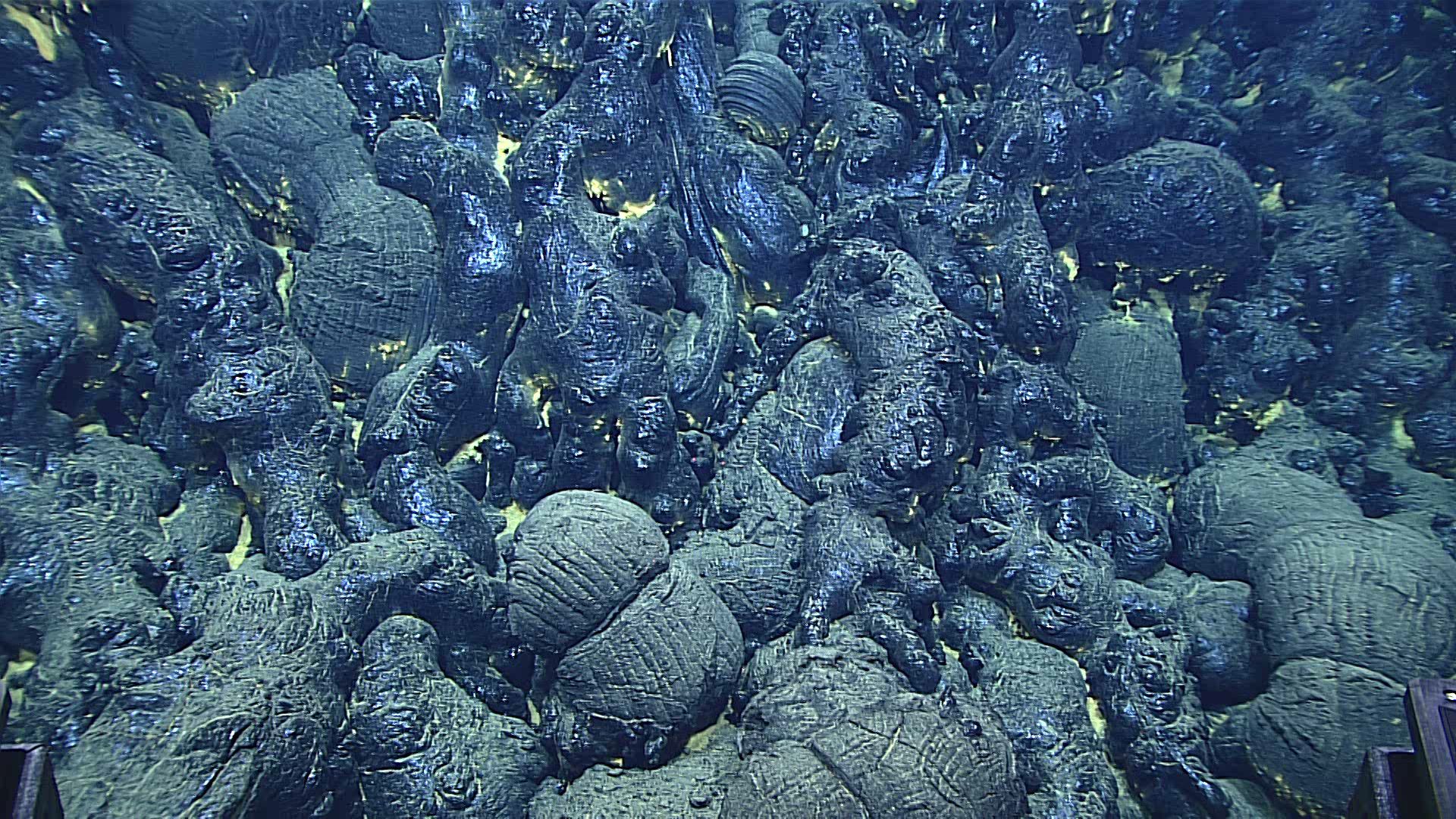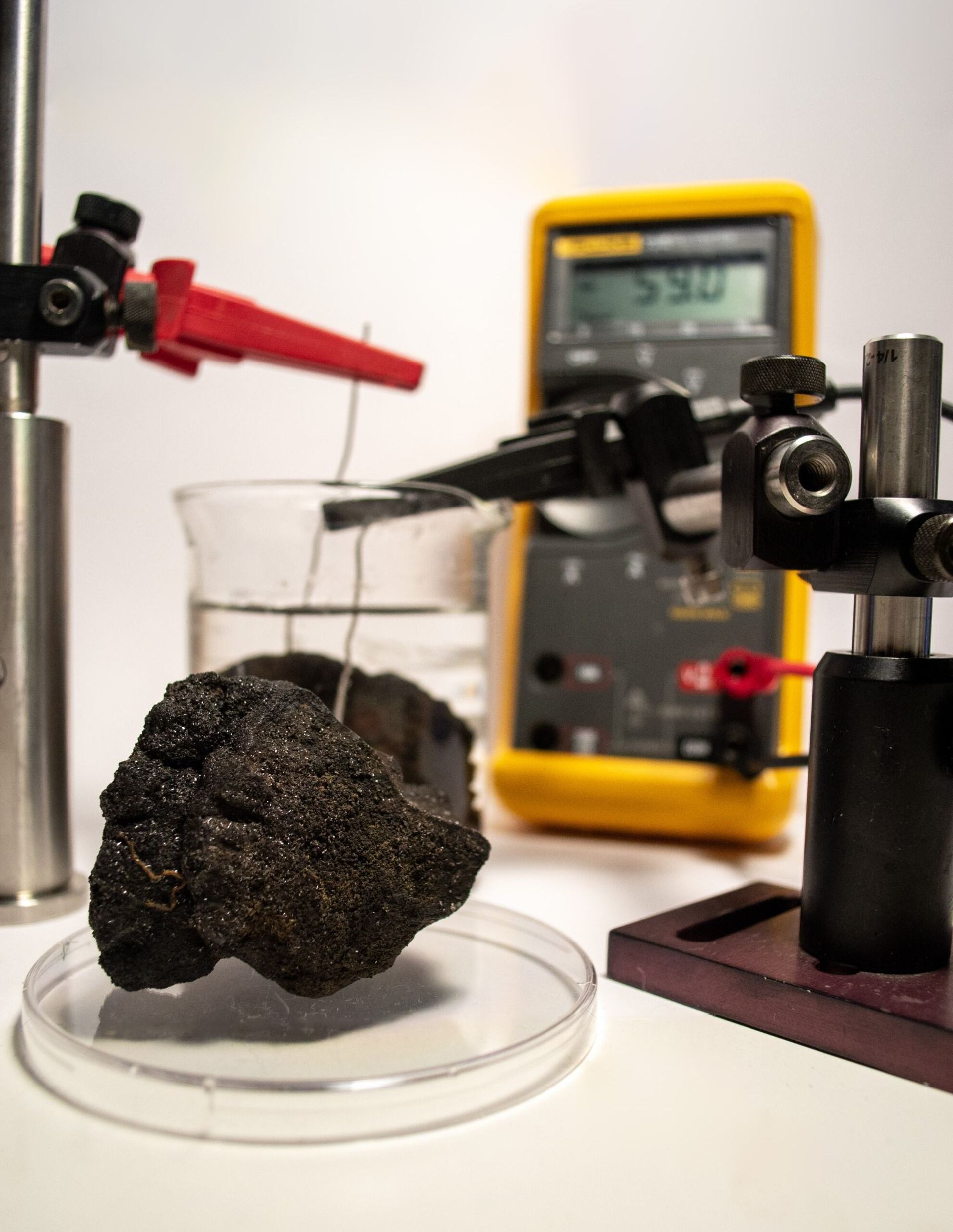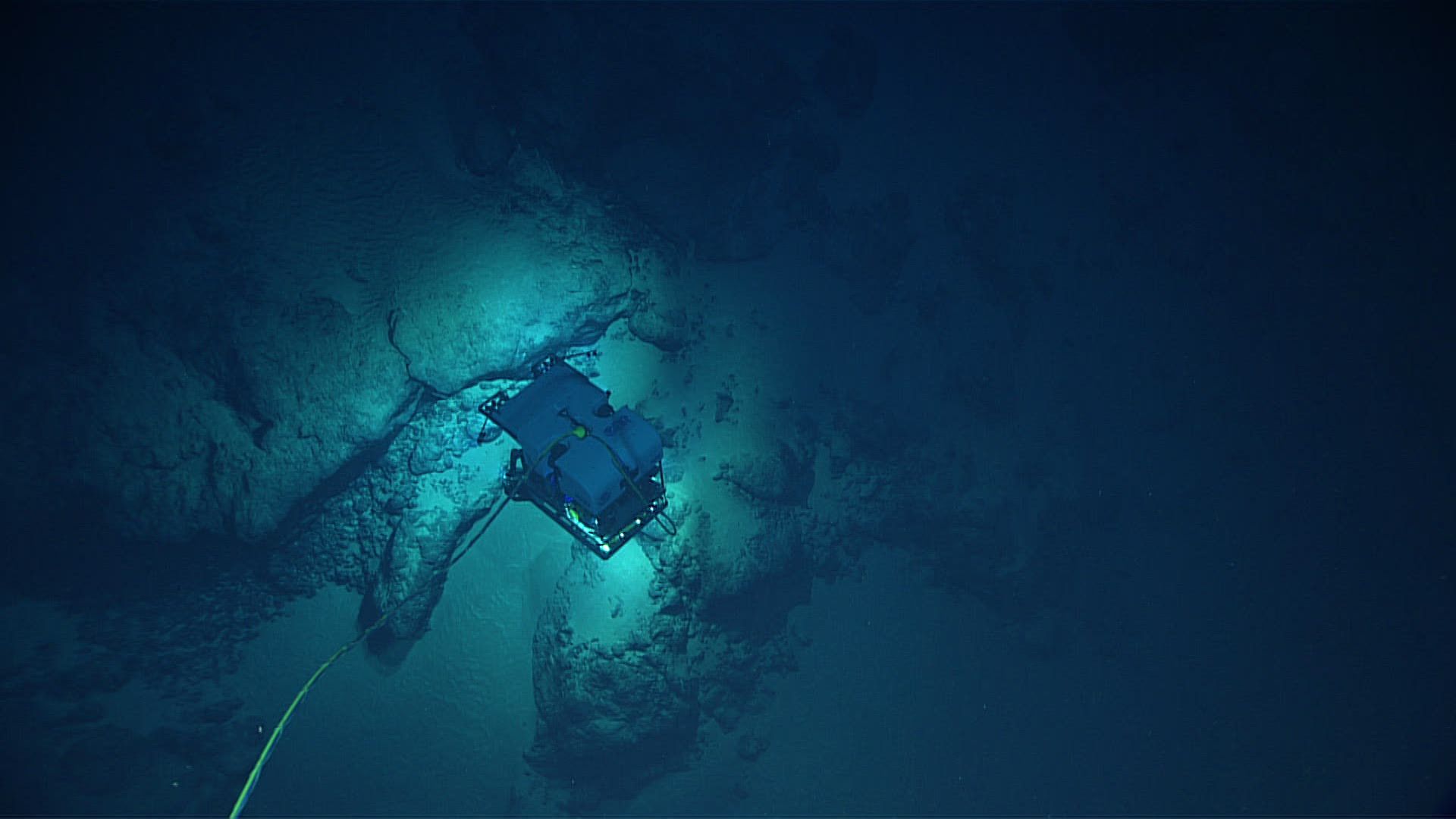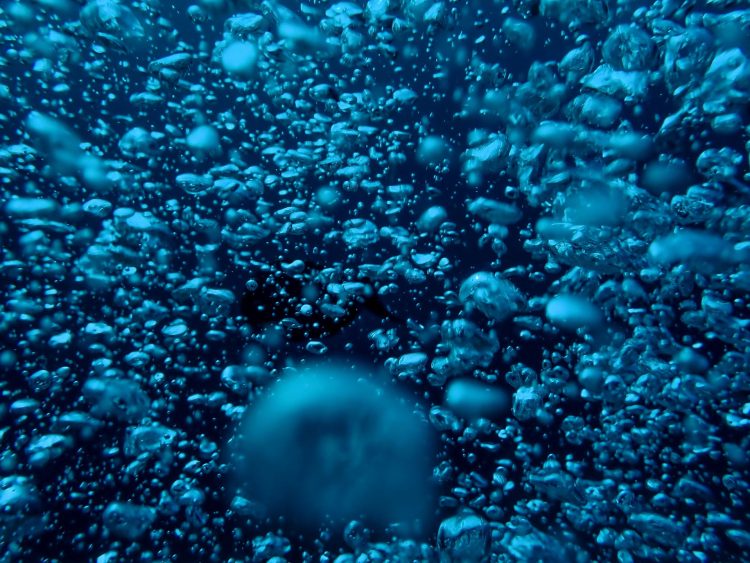Deep ocean dark oxygen? “What is the dark side of breathing?” you might be thinking. Hold your breath because something is happening in the world of science and under the water.
In the dark depths of the ocean, where sunlight is afraid to reach, man has been unable to fully explore because of both pressure and temperature. We know more about space than we do about the ocean depths.

Behold the mysterious deep ocean dark oxygen
But things are beginning to change. Scientists have stumbled upon a phenomenon that turns our understanding of oxygen production upside down. Now it’s time to dive in and explore the mysterious world of deep ocean dark oxygen.
Deep ocean dark oxygen is a newly discovered natural production of oxygen produced in the deep sea, far from any light source. Unlike the oxygen we know, which is usually produced through photosynthesis, dark oxygen is produced by metal nodules on the ocean floor. These potato-sized piles of minerals are like nature’s own underwater batteries, quietly producing oxygen in the darkest corners of our planet.
Deep beneath the waves, on the ocean floor, are polymetallic nodules. Formed over millions of years, these nodules contain a mixture of metals such as manganese, iron, copper, and nickel. However, their role in the ocean ecosystem goes beyond being a potential resource for mining. Again, this is due to pressure and temperature.
Scientists have discovered that these nodules can split water molecules into hydrogen and oxygen through an electrochemical process. This dark oxygen production occurs without the need for sunlight, challenging our previous understanding of how oxygen is formed in marine environments. We understand that the famously mysterious word “dark” was coined because it really is dark.

A breath of fresh air for deep sea life
The discovery of dark oxygen raises intriguing questions about life in the deep sea. Could this oxygen support ecosystems we have yet to discover? Is it possible that deep ocean dark oxygen played a role in the evolution of early life on Earth?
Researchers are now investigating how much oxygen these nodules can produce and how this might affect the surrounding marine life. This newfound source of oxygen could be a lifeline for creatures living in the darkest depths of the ocean.
Implications for deep sea mining
The emergence of deep ocean dark oxygen production has shed new light on the controversy surrounding deep-sea mining. As demand for metals used in green technologies grows, some companies see these nodules as a potential source of valuable materials.
However, the discovery that these nodules could be crucial for oxygen production in the deep sea adds another layer of complexity. Scientists are calling for more research to understand the full impact of extracting these nodules from the ocean floor because dark oxygen may only be able to produce there.

Uncharted waters ahead
The discovery of dark oxygen opens up a sea of possibilities for future research. Scientists are eager to discover how widespread this phenomenon may be and whether similar processes are occurring on other planets or moons. Perhaps we will be able to survive underwater and build our own Atlantis.
As we continue to unravel the mysteries of deep ocean dark oxygen, one thing is clear: there is still much to learn about our blue planet. The discovery of dark oxygen reminds us that sometimes the most illuminating findings come from the darkest places.
Next time you take a deep breath, remember that oxygen doesn’t just come from the trees and plants around us. A whole world of dark oxygen bubbles up from the ocean’s depths, proving once again that nature never ceases to amaze us with its ingenuity.
Featured image credit: Jeremy Lanfranchi / Unsplash





